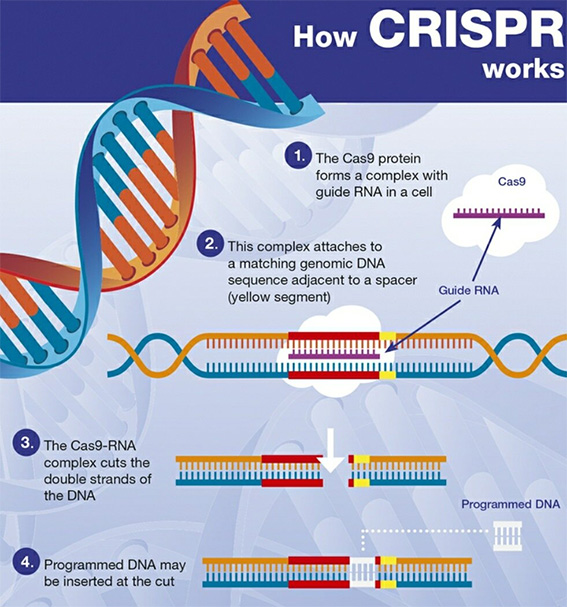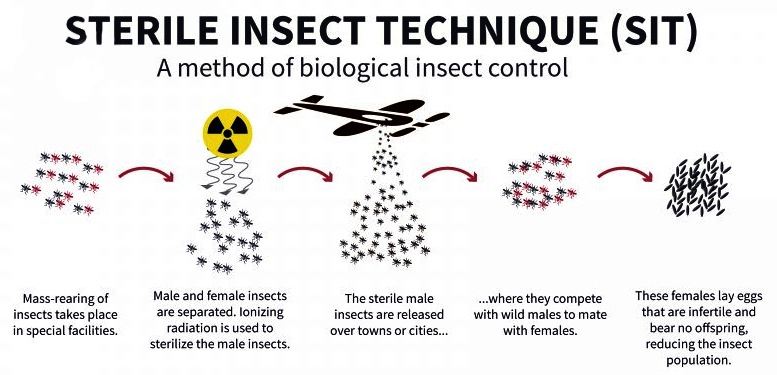Science & Technology
Restraining Mosquito Populations with CRISPR
- 13 Sep 2021
- 3 min read
Why in News
Recently, researchers have created a system that restrains populations of mosquitoes by leveraging advancements in Clustered Regularly Interspaced Short Palindromic Repeats (CRISPR)-based genetic engineering.
Key Points
- Sterile Insect Technique:
- pgSIT:
- It is a new scalable genetic control system that uses a CRISPR-based approach to engineer deployable mosquitoes that can suppress populations.
- Males don't transmit diseases so the idea is to release more and more sterile males.
- The population of mosquitos can be suppressed without relying on harmful chemicals and insecticides.
- It alters genes linked to male fertility—creating sterile offspring—and female flight in Aedes aegypti, the mosquito species responsible for spreading diseases including dengue fever, chikungunya and Zika.
- PgSIT mechanistically relies on a dominant genetic technology that enables simultaneous sexing and sterilization, facilitating the release of eggs into the environment ensuring only sterile adult males emerge.
- The system is self-limiting and is not predicted to persist or spread in the environment, two safety features that should enable acceptance for this technology.
- pgSIT eggs can be shipped to a location threatened by mosquito-borne disease or developed at an on-site facility that could produce the eggs for nearby deployment.
- Once the pgSIT eggs are released in the wild, sterile pgSIT males will emerge and eventually mate with females, driving down the wild population as needed.
- It is a new scalable genetic control system that uses a CRISPR-based approach to engineer deployable mosquitoes that can suppress populations.
- CRISPR:
- It is a gene editing technology, which replicates natural defence mechanisms in bacteria to fight virus attacks, using a special protein called Cas9.

- CRISPR-Cas9 technology behaves like a cut-and-paste mechanism on DNA strands that contain genetic information. The specific location of the genetic codes that need to be changed, or edited, is identified on the DNA strand, and then, using the Cas9 protein, which acts like a pair of scissors, that location is cut off from the strand.
- A DNA strand, when broken, has a natural tendency to repair itself. Scientists intervene during this auto-repair process, supplying the desired sequence of genetic codes that binds itself with the broken DNA strand.
- CRISPR-Cas9 is a simple, effective, and incredibly precise technology with potential to revolutionise human existence in future.
- Emmanuelle Charpentier of France and Jennifer A Doudna of the USA were awarded the 2020 Nobel Prize in Chemistry for developing CRISPR/Cas9 genetic scissors.
- It is a gene editing technology, which replicates natural defence mechanisms in bacteria to fight virus attacks, using a special protein called Cas9.







